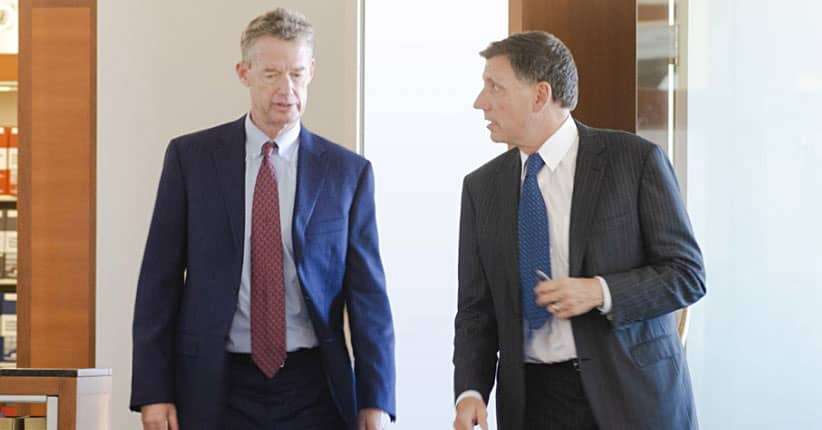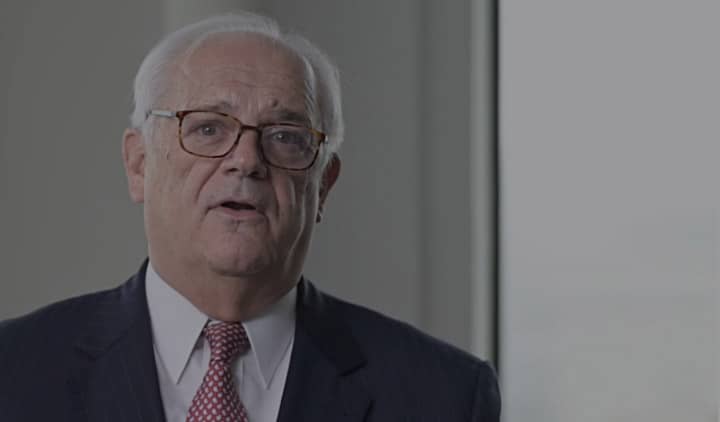The July 7, 2013, catastrophic Asiana Airlines crash at San Francisco International Airport was the first commercial passenger airline crash in the United States in more than four years.
In the crash, a Boeing 777 from Seoul, South Korea, made what observers noted to be an awkward approach to Runway 28L, one of the four at SFO. One passenger aboard the aircraft, with frequent flying experience into SFO, believed the aircraft was too close to the water, too soon.
At one point, it appeared that while the Boeing 777 was still out over the water, above the vertical pilings that precede the runway, it was less than 10 feet in the air, much lower than usual. Witnesses believed that the pilot then attempted to give the plane more thrust, but to no avail.
In the harrowing next several seconds, one witness from a nearby hotel saw the plane strike the runway angled from front to back at between 30 and 45 degrees. After an initial impact, passengers aboard described the plane bouncing into the air, with one passenger believing the plane was going to gain altitude then attempt a landing once more.
Unfortunately, it was much too late. The plane’s tail broke off early in the crash, along with the landing gear. At this point, experts believe that the pilots were essentially without substantial control of the aircraft, left to ride out the crash with all the passengers.
Asiana Airlines configured the Boeing 777 to hold a maximum of 307 people. Among them were 291 paying customers, along with 16 crew members. In the SFO airplane crash, 2 passengers died, 5 to 6 suffered critical injuries, and approximately 50 more had other serious injuries. As of 8:40 p.m. on July 7th, San Francisco General Hospital, the major trauma center in San Francisco, had admitted 52 passengers from the crash.
The New York Times reported that the two injured passengers were 16-year-old students from China. As the plane broke up on the runway, they were apparently ejected. Their bodies were found on the runway.
The injuries suffered were those common in an airplane crash, including orthopedic injuries to the spine and burn injuries throughout the body. These injuries are common in airplane crashes because of the forces applied to passengers upon impact and the difficulty associated with escaping a plane that is prone to starting on fire while jet fuel spills from its tanks. With the impact of the Asiana Airlines Boeing 777, passengers reported that many people aboard the plane were thrown upward, creating the risk of spinal and neck injuries due to forces applied to the spine. These observations aligned with diagnoses from trauma doctors treating the Asiana Airlines crash victims, who reported that spinal injuries – including burst fractures and compression fractures – were common among the plane crash survivors.
Burn injuries are also a serious risk, particularly when collisions occur upon take-off. This is when a plane’s fuel reserves are at their maximum for the flight, giving a potential fire a large power source. The Asiana Airlines plane crash occurred at the time of landing, meaning it had far less fuel aboard. Experts estimated the fuel aboard to be enough for approximately 90 to 120 minutes of flight, limiting the risk of a catastrophic explosion at SFO.
But the fuel supplies were sufficient to rip major holes in the top of the airliner. San Francisco Fire Department personnel attempted to rein in the blaze throughout the day and even into the evening as night set on the 7th.
Fortunately, even as the fire started to spread, passengers were able to start evacuating the burning aircraft almost immediately after it came to a stop off the side of the runway.
Plane crashes like the Asiana Airlines crash at SFO present considerable legal issues for those making a plane crash claim or filing an aviation disaster lawsuit. The initial consideration is the cause of the crash. Airplane crashes, both private and commercial, are investigated in the United States by the National Transportation Safety Board, or NTSB. Following the Asiana Airlines crash, NTSB investigators were dispatched to San Francisco almost immediately. The process of investigating plane crashes can be complicated and difficult, given the destruction of evidence in the crash itself. For this reason, plaintiff’s wrongful death and personnel injury attorneys must work in concert with the NTSB by retaining leading experts in aviation disasters to inspect the wreckage and establish the cause of the collision.
The likely causes of the Asiana Airlines plane crash at SFO include either pilot error or a mechanical or product defect in the Boeing 777. If pilot error was the cause, it is the attorney’s job to explain and show how the pilot’s error fell below the standard of care – that is, how the pilot was unreasonable in his or her operation of the plane at the time of landing. This requires access to industry-leading experts who serve as professional pilots to evaluate and testify about the pilots’ conduct in the Asiana Airlines crash.
If the issue was a mechanical problem, deep investigation into how the mechanical problem developed and what should have been done to address it is necessary. This can require multiple experts well-versed in commercial airplane maintenance and upkeep. Finally, a product defect can either be a manufacturing issue or a design issue. A manufacturing problem occurs when some component of the Boeing 777 that crashed at SFO did not meet its specifications, contributing to the crash. A design problem occurs when some component of the jet was not safely designed, such that it did not operate as it should have or as a passenger would expect it to operate, contributing to the airplane crash.
These theories of liability of complicated. Investigating and proving them requires personal injury and wrongful death attorneys that have been handling aviation crash lawsuits for many decades, and have the resources and expertise necessary to prosecute a case against one or more major international corporations, such as Asiana Airlines or Boeing.
At Walkup, Melodia, Kelly & Schoenberger, we have been handling aviation disaster cases throughout our 54-year history. If you or a loved one have any questions regarding the Asiana Airlines plane crash in San Francisco, please contact us at (415) 981-7210 or contact us online.


